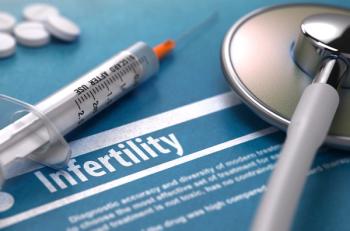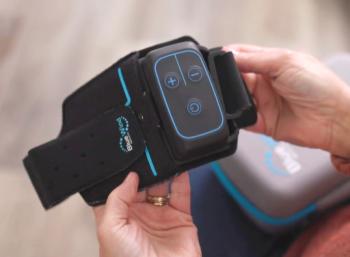
Telemedicine can be the oasis in the health care desert
As more Americans lose access to local facilities, technology can help bring high quality care directly to their homes
All across the United States today, there are massive medical deserts. These are remote areas of rural America where the closest hospital could be up to hours away. For most healthy individuals, this is a minor inconvenience without much bearing on their day-to-day lives. For those who suffer from chronic illnesses that require frequent hospitalization or services and treatments that are unavailable at their local physician’s office, however, these figurative medical deserts can be just as difficult to traverse as any stretch of the Sahara. These rural hospitals do their best to provide care for patients who may be coming from as far as hundreds of miles in every direction, but they are in desperate need of the support required to extend their care outside of hospital walls and into these isolated communities. How, then, do we rectify this issue and provide an oasis for patients lost to the Great American Medical Desert?
Telemedicine and mobile health care have come a long way in solving many of our health care system's issues today. Agencies and services have been mobilized in order to bring high-acuity health care right to front doors and living rooms. With the help of acute home care models and outpatient-at-home programs, many patients who otherwise would have been caught in a cycle of release and rehospitalization can now enjoy the highest levels of care possible in the comfort of their homes. This not only improves the quality of life and outlook for the patient but also the results. Patients with access to in-home medical care have been shown to be overwhelmingly more likely to adhere to treatment plans. With the advent of online pharmacies and their rise in popularity and availability, patients who use these services can now have their prescriptions filled and delivered directly to their doors and, as a result, are far less likely to suffer any disruptions in their medication schedules. Patients who have undergone virtual and in-home care are more comfortable and at ease in their care, experience higher levels of engagement with their own personal health, and have higher physical and mental health test scores, by and large.
Telemedicine and mobile health care are not just making health care more convenient and efficient for patients but for hospitals and medical facilities, as well. In an era when hospitals and medical facilities are reporting longer wait times, increases in instances of doctor burnout, and dire staffing shortages, these services are relieving some of the burden. Medical technologies now allow doctors to monitor and track vitals remotely and provide them with actionable insight that can better assist them in crafting personalized treatment plans and prescribing medications to patients. In addition to virtual care, in-home mobile clinicians can now bring hospital care outside of hospital walls and expand their reach into the community. Caregivers can see more patients, provide more comprehensive and direct treatment, and free up hospital resources to better care for those who still require the level of care and treatment that only a hospital environment can provide them.
Telehealth and mobile health care services may never be able to entirely replicate the care and supervision that only a hospital setting can provide, but these services can be instrumental in helping patients with limited access to hospitals and medical facilities acquire high-acuity care. The continued development and adoption of virtual and in-home care services allow those caught in these medical deserts to not only receive treatment but do so comfortably and conveniently, which should be a right for all Americans regardless of where in the country they live. These services also provide much-needed relief to an overburdened health care system. Those who do need to travel great distances to hospitals will find that they operate more efficiently. Wait times will be reduced, doctors and nurses will be more present and available, and the overall quality of the care they are provided will be improved. As more health agencies and hospitals cultivate telehealth and mobile health care presences in previously underserved communities, the more accessible, efficient, and effective our health care system will become, and the better served patients across the country will be.
Jackleen Samuel is the President and CEO of Resilient Healthcare, an innovative healthcare delivery system that expands hospital care beyond hospital walls and into the community. Samuel has ten years of experience in the industry driving growth and innovation for health care organizations, and under her leadership, Resilient Healthcare has become the industry standard for health tech, delivering exceptional hospital-at-home services while simultaneously improving operational efficiency and profitability.
Newsletter
Stay informed and empowered with Medical Economics enewsletter, delivering expert insights, financial strategies, practice management tips and technology trends — tailored for today’s physicians.














